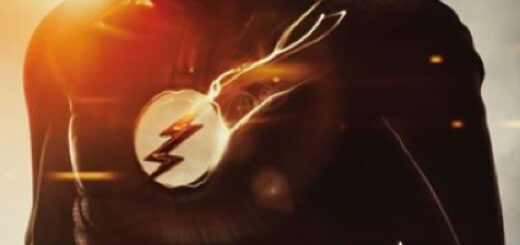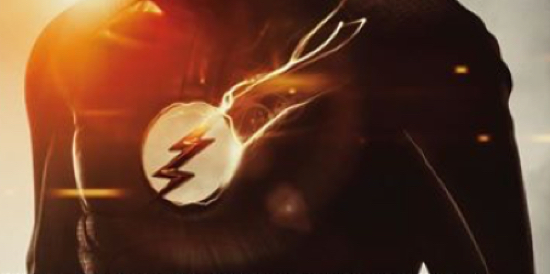My favorite superhero TV show these days is The Flash. Heck, it may be my favorite TV show period. Grant Gustin is doing a great job as Barry Allen/The Flash and the stories have wonderful “Easter eggs” for those who know DC continuity. One of the best is casting John Wesley Shipp, who played Barry/Flash in the earlier TV incarnation of The Flash, is in this version first as Barry’s dad and now as Jay Garrick, the Flash of Earth-2.
What also is great is the supporting cast on the show. On The Flash, they’ve even increased by one to include Tom Fenton (perhaps best known as Draco Malfoy in the Harry Potter films) as Barry’s “frenemy”. He’s also joined “Team Flash” as it’s called, even on the show.
This is where the TV versions of the Flash (and the other superheroes) differs from the comics. In the comics, the hero is usually a lone wolf type; others in his circle don’t know his/her double identity and keeping that secret is considered vital. On TV, however, the superhero needs a circle of friends to help them function. Just as it’s been said that it takes a village to raise a child, on TV shows it takes a team to make a superhero. Actually, more than a team – the supporting cast acts a lot more like a family.
This isn’t true just on The Flash – it also holds true on Supergirl and Arrow as well. Legends Of Tomorrow is a team, as is Agents of S.H.I.E.L.D. There are good reasons for this – any TV show needs a good supporting cast for the main character to act with (or against). Those interactions provide drama, comedy, their own storylines and, with a continuing series, that’s necessary. It also lets the lead not be in every scene which can really burn out an actor. As an audience, we invest emotionally not only with the lead character but with the supporting cast. (I’ll be honest – on Arrow I’m not all that invested in the lead actor; often it is the support characters that I like better, especially Felicity.)
On Flash, for example, they have a wonderful conceit; there’s the character of Dr. Harrison Wells, played by Tom Cavenaugh. He’s the same character in each of the three seasons so far but he’s also very different as each season we get a new Harrison Wells from a different dimension. In the first season, he was a villain, in the second season he was something of an asshole, and in the current season he’s a bit of a goof. That must be a lot of fun for Cavenaugh and it creates a different dynamic with the team for each season.
Some comics have family – the Fantastic Four functioned best when the writers and editors realized the FF were not just another team; they really were family. Also, I remember when DC would publish large giant comics for the “Superman Family” or the “Batman Family.” Superman, for example, had his best friend, his girl friend, his cousin, his dog, other super-pets, and the kids from down the timeline, a.k.a. the Legion of Super-heroes. However, it’s not quite the same thing as the TV shows. There’s a central location where they all meet and work out of – S.T.A.R. labs, the Arrow cave (or whatever they’re calling it), the DEO HQ, the Waverider. Home.
Needless to say, the TV shows and the comics are different animals, each with their own needs. It costs less to produce the comic books and the special effects and locations are limited only by what the artist can draw. Yet, I will admit that I’ve come to prefer the TV versions in most cases. I think that, overall, they’re a bit better thought out. OTOH, they don’t have to justify decades of continuity; they’re re-interpreting and re-inventing everything. There’s more freedom in that.
It’s good to keep in mind that no man is an island.
No metahuman is, either.












